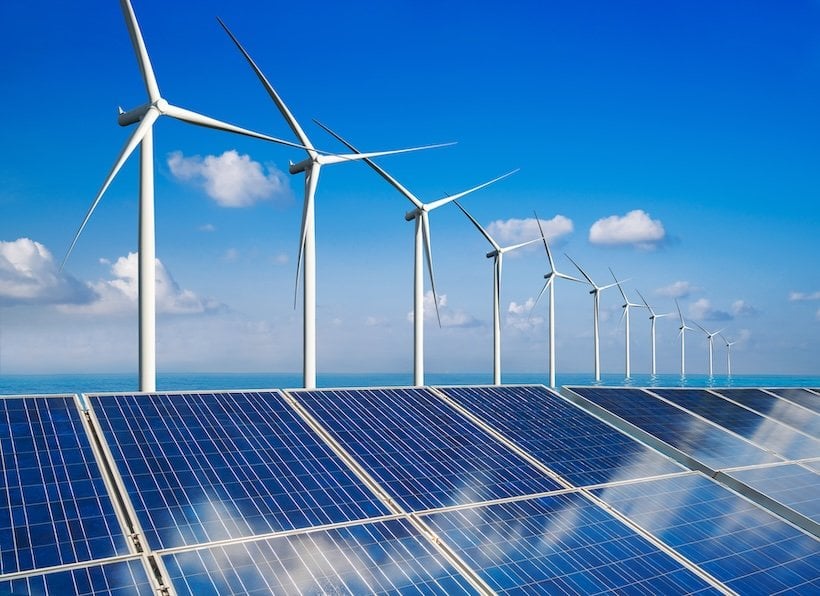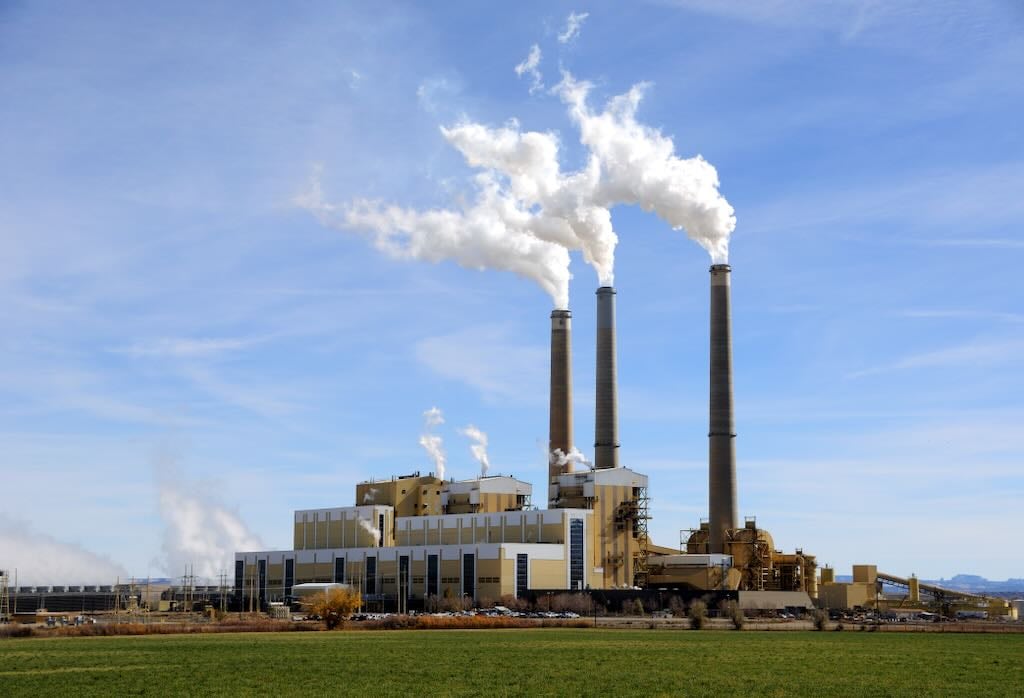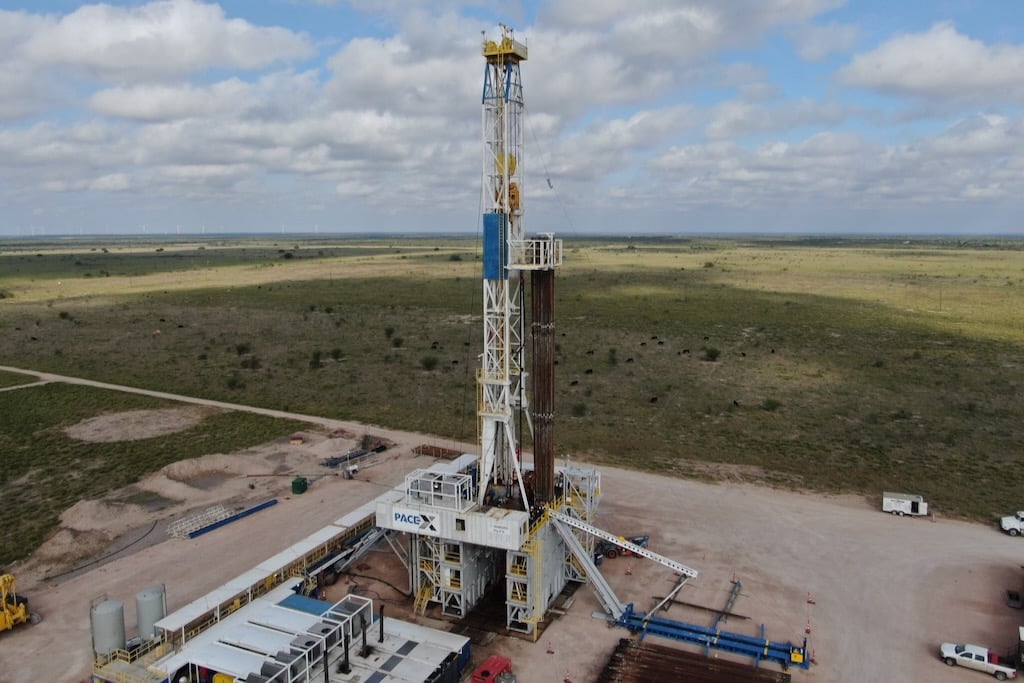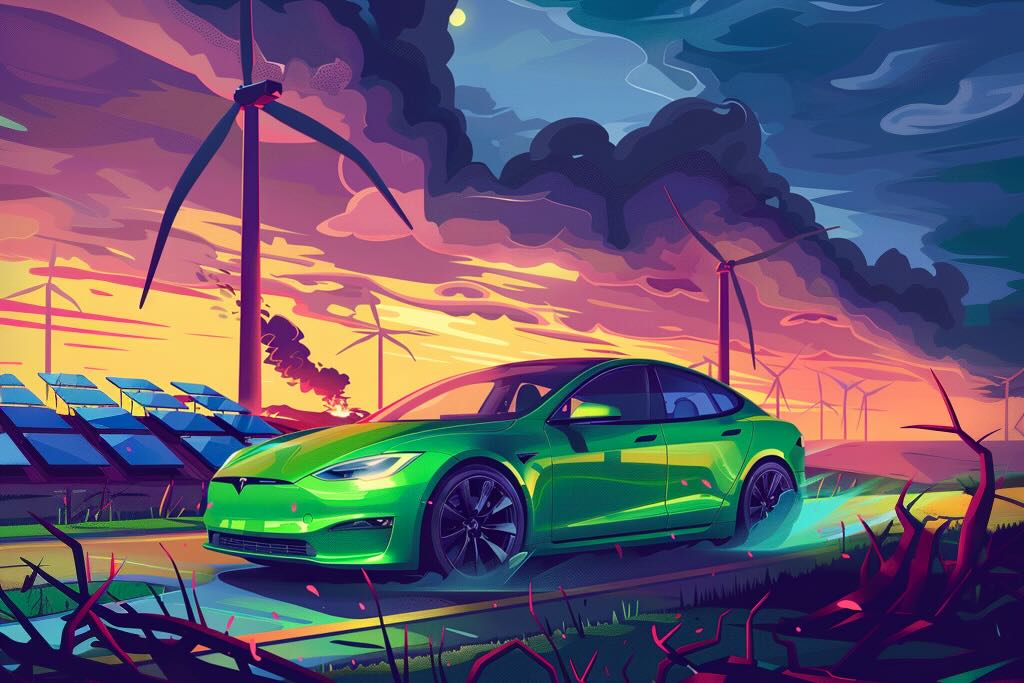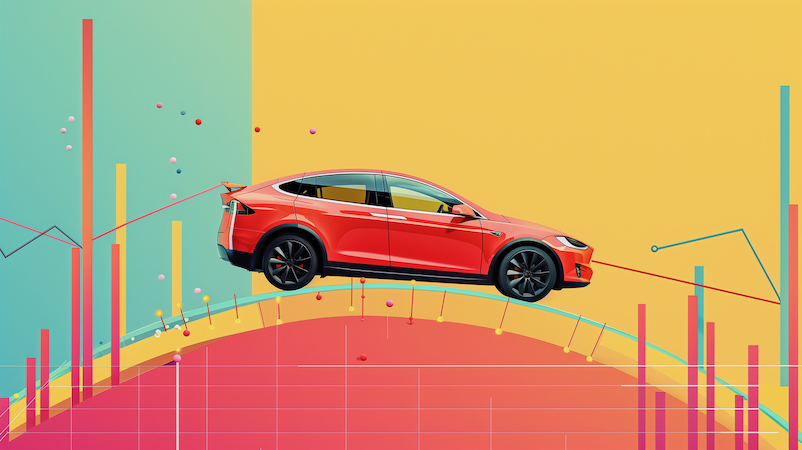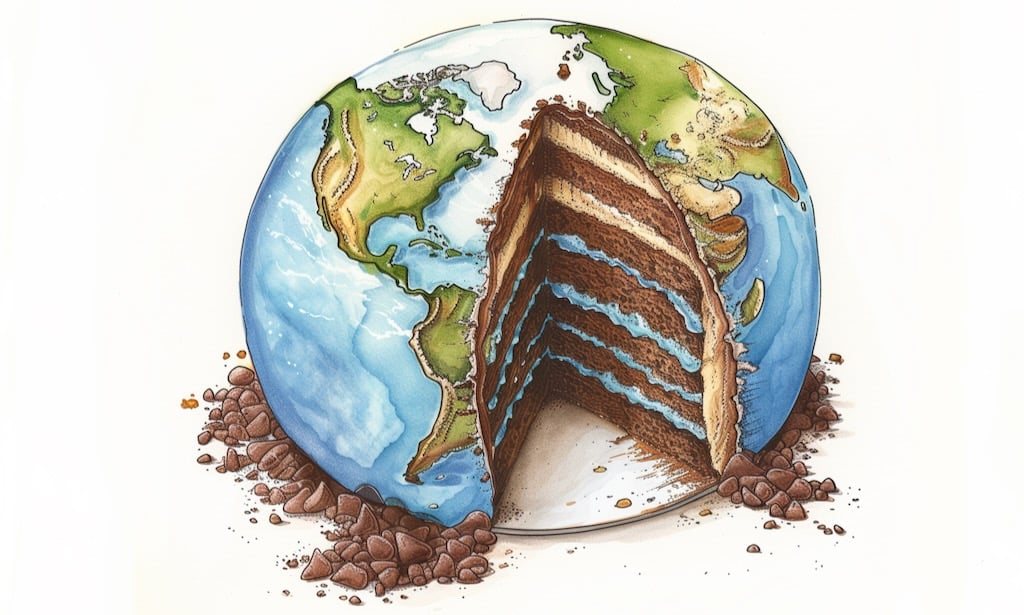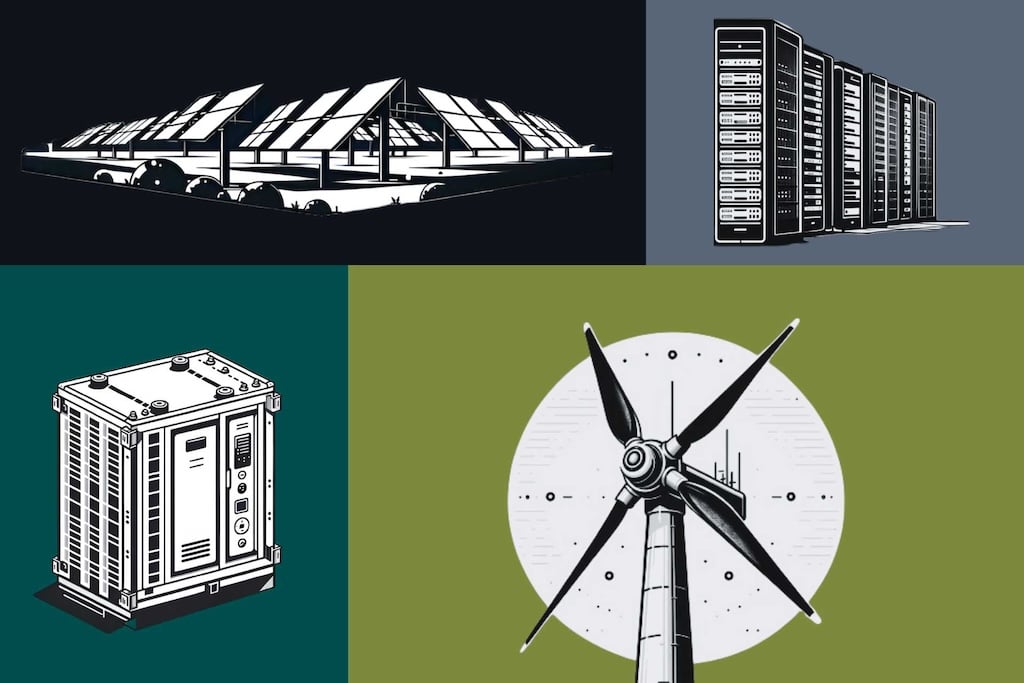Mark Z. Jacobson has been fighting climate change for 30 years—and he’s likely to do so for many more. His most recent book is entitled No Miracles Needed: How Today’s Technology Can Save Our Climate and Clean Our Air. In it, this professor of civil and environmental engineering from Stanford University proposes that we can significantly mitigate climate change, using technologies that already exist today.
Early in his academic career, Jacobson developed the first computer model that analyzed the relationship between air pollution and weather patterns. Using this program, he discovered that black carbon—soot, essentially—was the second-leading cause of global warming.
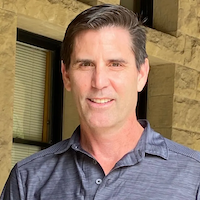
Jacobson wrote an article for Scientific American in 2009, arguing that we could power the world with 100% renewable energy. To do so, he proposed that we invest in efficient wind, water, and solar technologies. With that energy, we can power emissionless “electrified” devices, from private vehicles to industrial furnaces, he says.

In December 2023, Worth magazine honored Jacobson as one of our Worthy 100 recipients who are doing the most to improve the world. After that, we sat down with him to learn more about his environmental philosophy and his analysis of what works in climate mitigation—and what doesn’t.
We have edited this interview for length and clarity.
What are some examples of how existing technology could combat climate change?
The book No Miracles Needed really is about how we can use wind, water, and solar technologies. And that’s not only [for] electricity-generating and heat-generating. That also includes storage for electricity, heat storage, cold storage, hydrogen storage. And it includes electric appliances and machines. Electric vehicles, batteries for electric vehicles, some hydrogen fuel cell vehicles for long-range transport, electric heat pumps for buildings, electric induction cooktops for cooking.
All these electric technologies are helpful. The most helpful ones, I would say, are:
- battery electric vehicles
- electric heat pumps, for air heating, water heating, air conditioning, and even clothes-drying
- electric induction cooktops
- wind turbines and solar photovoltaics
- batteries, for storage
- electric arc furnaces, for high temperature industrial processes
- Every combustion vehicle we can get off the road—every gasoline or diesel vehicle that we can replace with a battery-electric vehicle—helps. Every home gas heater that we can replace with an electric heat pump helps. Every coal or oil furnace in the industry that we can replace with an electric arc furnace helps.
You authored and coauthored half-a-dozen climate research papers in 2023. What are some key takeaways?
Is it a good idea to add carbon capture to ethanol refineries in the upper Midwest? There’s a proposal to add carbon capture equipment at 34 ethanol refineries across five states, and then build 2,000 miles of pipelines. I did an evaluation of that. The conclusion was that it was much better to take that money, which was about $5.6 billion, and invest in wind farms to power battery electric vehicles. Instead of those ethanol refineries, which would be used for ethanol-fueled vehicles. It would reduce two to four times the carbon dioxide emissions.

I’ll just point out one more paper where my student looked at the offshore energy resources in the United States. We found that there’s enough wind offshore to power the whole United States.
What is the biggest obstacle to climate mitigation right now—politics, economics, technology, or something else?
Right now, it’s the competition among ideas. There’s a policy known as the “All of the Above” that dates back to the Obama administration. That climate policy is “let’s try everything,” including fossil fuels with carbon capture, bio energy [fuel created from biological compounds], nuclear power, direct air capture, blue hydrogen [derived from natural gas, plus carbon capture], and electro-fuels [liquid fuels, produced with renewable energy]. These are all technologies, in addition to renewables, like wind, water, and solar.
The All of the Above policy, I think, is slowing us down in our efforts to transition to clean energy. It takes money away from what are useful technologies—namely, those like wind, water, solar, and electrification of everything—and puts a lot of money into technologies that are not useful—like new nuclear power, carbon capture, direct air capture, blue hydrogen, and bioenergy.
In fact, 40% of the Inflation Reduction Act in the United States sends money to these technologies that are not helpful. That’s a big barrier to transitioning. We’re spending a lot of time and money on technologies that are not useful. We have only six years till 2030 to solve 80% of the problem, and only a few years after that to solve 100%. We need to implement technologies that are low-cost, and that can be implemented quickly, and that are very effective at what they do. And those are wind, water, and solar technologies.
What climate projects are you working on this year?
I’m actually doing a new study, looking at transitioning 149 countries to clean, renewable energy across all energy sectors. I’m also examining these All of the Above policies: What are the impacts in terms of costs and carbon emissions, versus policy that calls for only wind, water, and solar technologies?
We actually have a big research project at a laboratory. We’re developing a microgrid [a small, independent, self-sustaining electrical grid]. We’re using lots of new technologies to try to make an efficient microgrid, for remote communities and military bases.
How would you assess the Biden administration on climate mitigation?
Biden’s administration has done several good things. The Inflation Reduction Act that was passed under the Biden administration has been about 60% helpful. I mean that 60% of the funding goes to very useful endeavors, such as wind, solar, battery storage, battery efficiency, electric vehicles, electric heat pumps, electric induction cooktops, and LED lights.
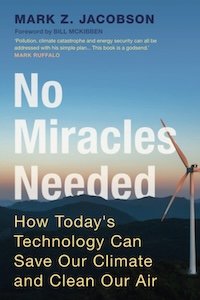
But 40% is also going to what I call useless technologies that do not help climate or air pollution, or energy security—carbon capture, direct air capture, blue hydrogen, and electro-fuels. All of which, by the way, are really promoted by the fossil fuel industry to stay in business. In addition to that, there’s bioenergy supported by the agricultural industry. And there’s nuclear energy supported by the nuclear industry. It’s a mixed bag.
In my mind, we have drastic problems, and we need drastic solutions. Seven-point-four million people die from air pollution worldwide each year, and billions more become ill. Global warming is already at about 1.1 to 1.2 degrees Celsius. If we get up to 1.5 degrees Celsius, we’re going to have a lot more problems than we’re seeing already.
We need to focus on what works, and not waste time on things that don’t work. We need to deploy, deploy, deploy existing clean, renewable energy technologies. We don’t need a miracle technology to solve our problems. We have 95% of the technologies we need right now. And we know how to get the restI
If the presidential administration were to change, how might energy policy change as a result?
In the last administration, before Biden, nothing really happened at the federal level. What happened was that policy shifted to the states. That’s when a lot of states passed laws to go to 100% renewable electricity. I think that will happen further. If the Biden administration has to leave, then we’re going to revert to where the federal government will do little. I think they’ll still keep some of the basic policies. The production tax credit for wind and solar will probably stay. But pretty much anything related to the promotion of clean, renewable energy will go out the window. And the fossil fuel industry will curry favor and be back in business. We’ll be fighting an uphill battle at the federal level.
Is there anything else you’d like to share with Worth readers?
The most important thing is to stay positive, and focus on what the real solutions are. Don’t get yourself down by being a doomist.
We do have a way to solve the problem. We need to focus on that solution, and encourage our policymakers to focus on that solution. The solution is to go to clean, renewable energy; electrify everything; and provide the electricity with clean, renewable energy. As simple as that.

